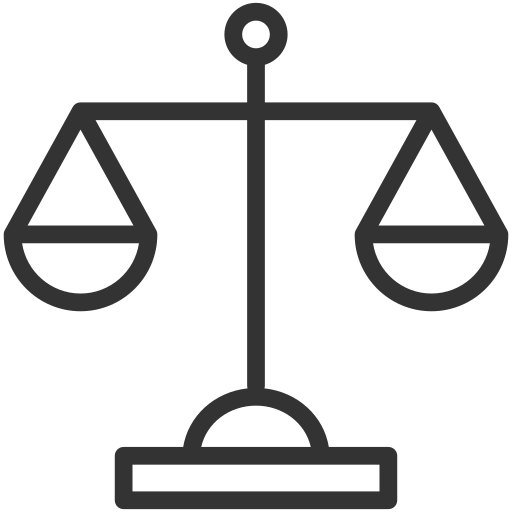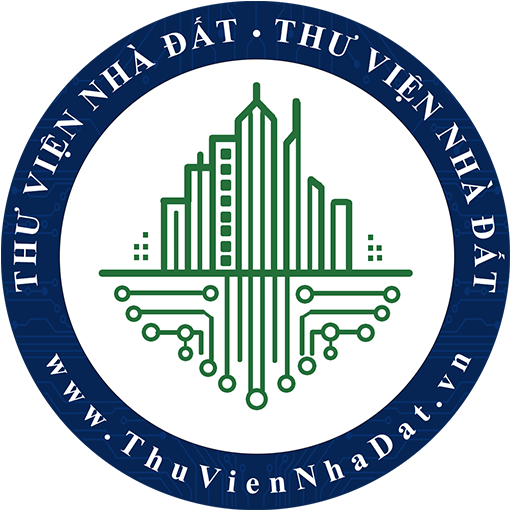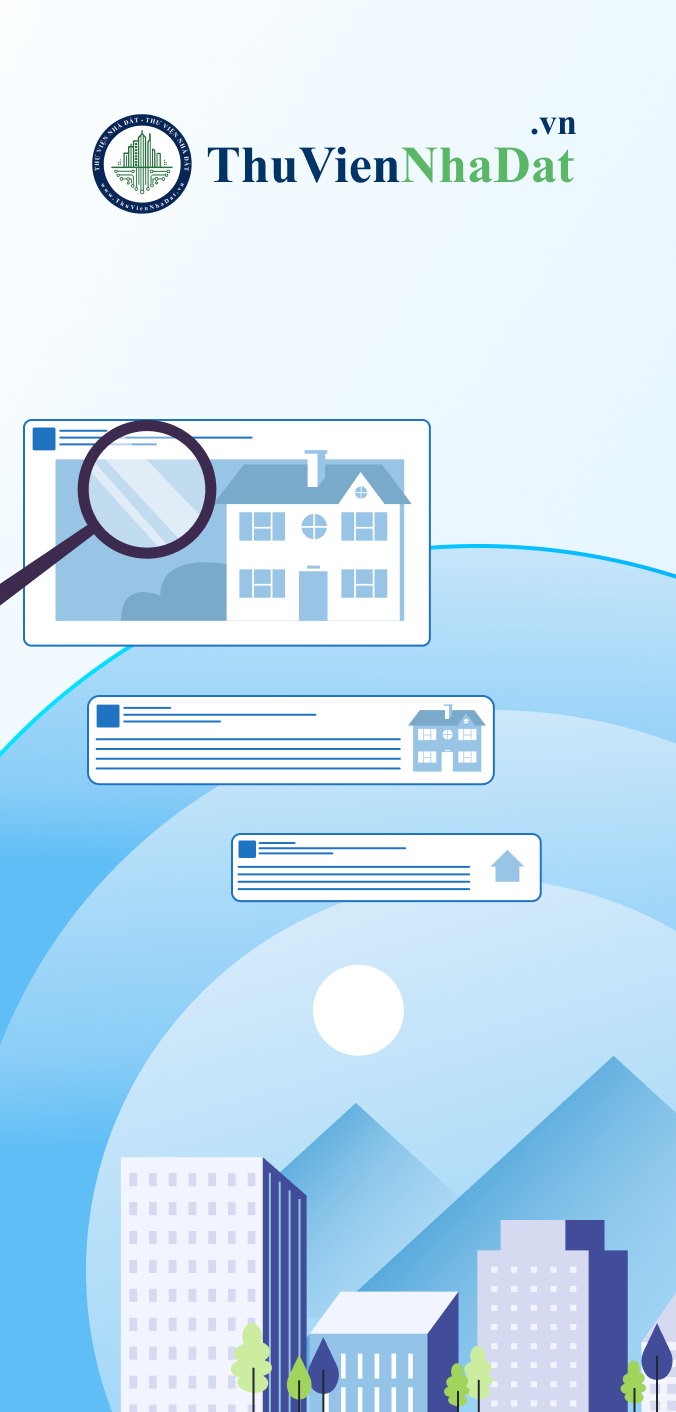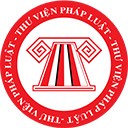|
PRIME MINISTER |
SOCIALIST REPUBLIC OF VIETNAM |
|
No. 131/QD-TTg |
Hanoi, January 25, 2022 |
THE PRIME MINISTER
Pursuant to the Law on Governmental Organization dated June 19, 2015; the Law on amendments to the Law on Governmental Organization and the Law on Local Government Organization dated November 22, 2019;
Pursuant to the Law on Education dated June 14, 2019;
Pursuant to the Law on Information Technology dated June 29, 2006;
Pursuant to Resolution No. 44/NQ-CP dated June 09, 2014 of the Government promulgating Action Program of the Government on implementing Resolution No. 29-NQ/TW dated November 04, 2013 of the 8th National Congress of the 11th Central Committee on renovating fundamentally and comprehensively education and training, meeting the requirements of industrialization and modernization in a socialist-oriented market economy and international integration;
Pursuant to Resolution No. 17/NQ-CP dated March 07, 2019 of the Government on major tasks and measures to develop electronic Government for the period of 2019-2020 towards 2025;
Pursuant to Resolution No. 50/NQ-CP dated April 17, 2020 of the Government on Government’s action program on the Politburo’s Resolution No. 52-NQ/TW dated September 27, 2019 on a number of guidelines and policies for active participation in the fourth industrial revolution;
Pursuant to Resolution No. 76/NQ-CP dated July 15, 2021 of the Government promulgating general programmes for state administration innovation for the period of 2019-2020;
At the request of the Minister of Education and Training.
HEREBY DECIDES:
Article 1. Approving the Scheme “Strengthening application of information technology and digital transformation in education and training for the period of 2022-2025 with a vision towards 2030" (hereinafter referred to as "Scheme") with the following major contents:
1. Strengthening application of information technology and digital transformation creates breakthroughs in innovating educational and training; renovating state management in education and training; positively and comprehensively affecting the operation methods, quality, efficiency and equity in education.
2. Learners and teachers are the epicenter of the digital transformation process; benefits brought to learners, teachers and other people are the main measure to evaluate the success of digital transformation.
3. Digital transformation in education and training requires a drastic change in awareness, drastic direction of management at all levels, the initiative and positivity of educational institutions, and the support and participation of every learner, every teacher and the whole society.
4. Digital transformation in education and training must be designed synchronously, comprehensively and systematically in comparison with the general national digital transformation Programme; implemented gradually with focuses and high efficiency in each stage, especially during safe, flexible adaptation and effective control of COVID-19 epidemic”.
5. Completing the institution on the basis of pilot models and developing some shared educational platforms and resources is the key to speed up the digital transformation process.
1. General objective
Take advantage of technological advances to promote innovation in teaching and learning, improve quality and access to education and effectively manage education; build an open education adaptive on the digital foundation and contribute to the development of digital Government, digital economy and digital society.
2. Objectives by 2025:
a) Strongly renovate methods of educational organization to make teaching and learning in the digital environment an essential and daily educational activity for every teacher and every learner.
- 50% of students have access to online education, in which, every student and every teacher has suitable devices, internet connection and software to effectively participate in online teaching and learning.
- Regarding environment of online education
+ Form some domestic online teaching and learning platforms, used by over 50% of students;
+ Form a national online repository of learning materials to meet the requirements of learning materials for 50% of contents of the general education programme;
+ More than 50% of higher education institutions provide online distance education programmes (with award of degrees).
- Regarding operation scope of online education
+ The proportion of online contents of general education programs reaches 5% on average at primary education level, 10% at secondary education level;
+The proportion of online classes of higher education institutions reaches 20% on average;
+ At least 50% of the people studying for second university degrees take the online classes (with more than 50% online time).
b) Strongly renovate the management and administration methods using technology and data to improve the management efficiency and the support service provision quality of the State and educational institutions.
- Regarding school administration: 100% of educational institutions apply school information administration systems using data and digital technology, in which:
+ 100% of learners and 100% of teachers are managed by digital files with uniform national identification numbers;
+ 80% of material facilities, devices and other resources for education, training and research are managed by digital files.
- Regarding educational management: a sector-wide information management system is effectively established and operated, in which:
+ The education sector database is completed and smoothly connected to all educational institutions to ensure the provision of adequate, reliable and prompt management information; effectively connected and shared with national databases;
+ Central and local education authorities operate mainly based on data and digital technology, in which 90% of work files of ministries and departments and 80% of work files of divisions are transacted and processed in the digital environment (unless work files contain confidential information).
- Regarding services of assisting learners and other people
+ 100% of administrative procedures are eligible for deploying online public services at level 4 (or at level 3 unless transfer arising);
+ Percentage of online files at level 3 and level 4 out of the total files reaches at least 50%;
+ Percentage of learners and their parents satisfied with the quality of online services of educational institutions averages 80%;
+ Percentage of organizations and individuals satisfied with the quality of online public services by educational authorities averages 80%.
3. Objectives by 2030
Bring all elements of the national education system into the digital environment, in which:
- Perfect a national online teaching and learning platform that integrates a digital learning repository that assists 100% of learners and teachers in effectively participating in online education activities; meet the requirements for learning materials for the entire general education programme;
- Digital higher education has become a pillar of the higher education system, accounting for 30% of the scale; 100% of higher education institutions providing online distance education programs (with award of degrees);
- 100% of educational resources, educational programmes and educational subjects in the national education system are managed in a digital environment, connected throughout the whole education sector and connected to national databases and information.
a) Ensure conditions for digital infrastructure and equipment for the information technology application and digital transformation in education and training; implement measures to ensure the safety and security of information of digital systems, ensure safety in teaching, learning and working in the digital environment. Prioritize the use of cloud-based service models; ensure fiber-optic cable Internet connection to all educational institutions; have policies to support Internet services for learners and teachers; have an appropriate computer policy for pupils and students;
b) Form and develop smart interactive classroom systems, modern laboratories (Labs), simulation Labs, apply virtual reality (VR) and augmented reality (AR) technology, machine learning technology, big data analysis technology and artificial intelligence to research and practice.
a) Innovating teaching-learning models
-Implement and pilot advanced teaching and learning models on the digital platform towards combined teaching (smart classrooms, interactive groups, self-study with virtual assistants) in accordance with conditions, characteristics and practical needs of general education and continuing education;
- Build some excellent technology training and research centers according to public-private cooperation for higher education.
b) Developing shared digital learning repository
- Develop shared open and digital learning repository, including e-lectures, TV lectures, multimedia digital learning, e-textbooks, simulation software and other learning materials in the whole education sector; develop an online question banking system for all subjects of general and continuing education;
- Continually build and perfect electronic libraries in general education institutions; digital library portal connecting with digital learning repositories and sharing learning materials with higher education institutions; develop virtual laboratories, virtual practice and internship rooms to improve research and training capacity in higher education.
c) Developing and applying digital platforms for teaching, learning and piloting the digital higher education models.
- Develop and apply online teaching and learning digital platforms with advanced features to support personalized learning and enhance experience; increase testing on computer and online exam; connect online teaching platforms with school administration platforms and IoT network, establish digital transformation ecosystems in educational institutions;
- Develop and apply platforms of providing mass open online courses (MOOCs), enhance recognition of online course credits of higher education institutions;
- Pilot digital higher education models in some higher education institutions.
a) Renovating management models and processes and drastically reforming administrative procedures
- Review and reform higher education institution administration models (enrollment management, training program management, learner information management, employee information management, facilities management, financial management, management of scientific research, electronic office administration, management of other training and research);
- Review, reduce and simplify administrative procedures and professional processes towards applying effectively digital technology;
- Deploy an online public service portal (integrated with an Electronic Single Window Information System) with specialized professional systems to provide digital services, connecting to the National Public Service Portal; expand online public services at level 3 and level 4;
- Strong apply artificial intelligence technology to provide services (such as virtual assistant, automatic answering); pilot shared platforms to solve some paperless administrative procedures in education on the basis of the education databases.
b) Building databases and education and training information management
- Build and perfect the big database to ensure services for all education management agencies; complete a large education database of the Ministry of Education and Training (including a database of learners, teachers, educational administrators and employees, facilities, finance - investment, assessment of education quality, scientific research and training programs);
- Deploy an education information management system, fully and comprehensively connect data from educational institutions, education and training divisions, education and training departments to the Ministry of Education and Training; connect data between the education sector and national databases, specialized databases and local databases for reporting, monitoring, warning, forecasting, examining and inspecting by educational management agencies;
- Develop centers controlling and monitoring information of educational management agencies and schools, apply artificial intelligence technology and analyze the big data to support educational management.
c) Developing applications and digital platforms for educational institution administration
- Deploy a school administration platform integrated with digital workspaces into 100% of educational institutions in order to create an online interactive and working environment for education administrators, teachers, employees and learners; ensure connection and inter-reporting of data from educational institutions to the national education database system;
- Implement electronic file applications, school-to-family communication, non-cash payments, communication and connection with application platforms inside and outside of the education sector on database platforms; deploy advanced school administration models on digital platforms to ensure practicality and efficiency.
d) Developing a connected digital environment
- Deploy an education data sharing and connection platform connected with the national data integration and interoperability axis; deploy an identity management and user authentication platform in the digital education environment;
- Apply Internet of Things (IoT) technology in digitizing, monitoring, managing and exploiting educational resources, objects and activities in schools, ensure real-time connection with school information administration systems.
a) Disseminate and grasp thoroughly to raise awareness of digital transformation in education and training to all teachers, educational administrators, employees and learners in the education sector and in society;
b) Train and improve digital capacity for teachers, education administrators, employees and learners to ensure effective management and work in the digital environment; consolidate and improve capacity of cadres in charge of information technology and digital transformation application in education; pilot training of teachers in skills of using information technology to approach international standards at some educational institutions and administrative divisions that have adequate conditions and high requirements for digital transformation human resources; deploy a teacher training system to ensure that 100% of teachers have profiles and accounts to use for active and regular self-improvement according to their needs;
c) Deploy an educational model that integrates science - technology – Engineering - Art - Mathematics (STEM/STEAM education), develops programming thinking and deploys appropriate computer science programmes; bring contents of universalizing digital skills and safety, cyber security, open platforms and open source software into the curricula from the primary level to form early necessary skills for digital citizens;
d) Continue carrying out solutions to improve the index of human resource of Vietnam according to the United Nations e-Government assessment method, cooperate closely with relevant international organizations in providing promptly data to international organizations.
a) Promote cooperation with domestic and foreign information technology enterprises, organizations and associations and overseas Vietnamese experts in introducing advanced technological solutions in education and digital transformation technology applied in education and training;
b) Attract capital from enterprises through public-private partnership (PPP) to invest in building digital platforms and applying information technology for education and training, prioritize online question bank system development, online learning system, shared digital learning repository, education database;
c) Strengthen cooperation with enterprises producing and distributing digital equipment to support and give incentives to provide basic information technology products (computers, laptops, tablets) that integrate application software and safety and security features for teachers, education administrators, employees and learners serving teaching and learning in schools.
a) Review and promulgate a system of legislative documents regulating digital transformation in teaching, educational institution administration and education management; regulating education databases; regulating digital capacity of teachers, education administrators, employees and learners;
b) Review and issue technical regulations on data; provide guidance on connection and sharing of data among education units and agencies and the education with national databases; provide guidance on connection of non-cash payment techniques in educational institutions; promulgate technical criteria for digital platforms used in education; promulgate sets of digital transformation assessment criteria for educational institutions and educational management agencies;
c) Issue policies on promoting innovation, new education and training models based on digital platforms and technologies; policies on mobilizing participation and resource contribution of overseas Vietnamese organizations, individuals and experts for digital transformation in education and training; policies on promoting the development of educational technology (Edtech); educational computer policy for pupils and students; educational Internet policy;
d) Regularly inspect, examine, supervise and assess application of information technology and digital transformation to education and training; evaluate and publish digital transformation indexes for educational institutions and educational management agencies on the mass media.
1. Ensure thrift, transparency, compliance with the law, fight against negativity and wastefulness in using the state budget and other legal mobilized resources.
2. Annually funding for the Scheme shall be provided from the State budget, which includes regular expenditures according to budget decentralization and development investment expenditures for ministries, central authorities and local authorities as prescribed to execute programmes and projects to implement the Scheme; self-funding and other lawful contributions from other units that participate in the Scheme.
3. Encourage funding mobilized from domestic and foreign enterprises, organizations and individuals; increase the use of funding integrated in approved related programs and schemes and other legal resources to perform the tasks.
4. Prioritize the Scheme's tasks according to engagement of information technology services, public-private partnerships, assign tasks and forms of order depending on each specific task.
V. ORGANISATION AND IMPLEMENTATION
1. The Ministry of Education and Training shall:
a) Take charge and cooperate with relevant ministries and agencies and the People's Committees of provinces and central-affiliated cities in performing the tasks of the Scheme;
b) Take charge of performing tasks and measures prescribed in Sections III.6, III.1.b and III.3.d and relevant tasks and measures specified in Section III of this Decision;
c) Organize preliminary after 02 years of implementation of the Scheme; propose adjustment of the Scheme contents if necessary by the Prime Minister; sum up after completing the Scheme.
2. The Ministry of Information and Communication
a) Take charge and direct information technology enterprises to research and develop platforms and solutions for application of information technology and digital transformation to education and training;
b) Direct telecommunications enterprises, information technology enterprises to research and develop national digital infrastructure and Internet infrastructure to ensure the effective implementation of digital transformation in education; ensure Internet connection to all educational institutions; have preferential policies on Internet services and information technology services for learners, teachers and educational institutions.
3. The Ministry of Finance
Take charge and cooperate with the Ministry of Education and Training and relevant ministries and central authorities in arranging regular expenditures to implement the Scheme according to the regulations and in a suitable manner of state budget balancing capacity in each stage.
4. The Ministry of Planning and Investment
Take charge and cooperate with the Ministry of Education and Training in consolidating and submitting medium-term and annual public investment plans to the Government and the Prime Minister for implementation of programs and projects approved by competent authorities in accordance with regulations to implement the Scheme.
5. Ministries, ministerial agencies and Governmental authorities
a) Based on the objectives, contents and solutions of the Scheme, concretize implementation contents in programs and plans of e-government development and medium-term and annual digital transformation of agencies and units;
b) Have solutions for enhancing resources to ensure conditions for digital transformation in affiliated educational institutions;
c) Annually organize examination and assessment of the Scheme; organize preliminary and summary assessments under the guidance of the Ministry of Education and Training to consolidate and report to the Prime Minister.
6. The People’s Committees of provinces and central-affiliated cities
a) Based on the objectives, contents and solutions of the Scheme, concretize contents in programs, Schemes and plans of e-government development, digital transformation, socio-economic development of provinces; develop digital transformation Plans, Schemes or Programmes in education and training and organize implementation;
b) Have solutions for enhancing resources to ensure conditions for digital transformation in affiliated educational institutions of provinces;
c) Annually organize examination and assessment of the Scheme; organize preliminary and summary assessments under the guidance of the Ministry of Education and Training to consolidate and report to the Prime Minister.
Article 2. This Decision comes into force from the date on which it is signed.
Article 3. Ministers, Heads of Ministerial agencies, Heads of Governmental agencies, Presidents of the People's Committees of provinces and central-affiliated cities, relevant agencies and organizations are responsible for implementation of this Decision.
|
|
PP. PRIME MINISTER |
------------------------------------------------------------------------------------------------------
This translation is made by THƯ VIỆN PHÁP LUẬT, Ho Chi Minh City, Vietnam and
for reference purposes only. Its copyright is owned by THƯ VIỆN PHÁP LUẬT
and protected under Clause 2, Article 14 of the Law on Intellectual Property.Your comments are always welcomed



















